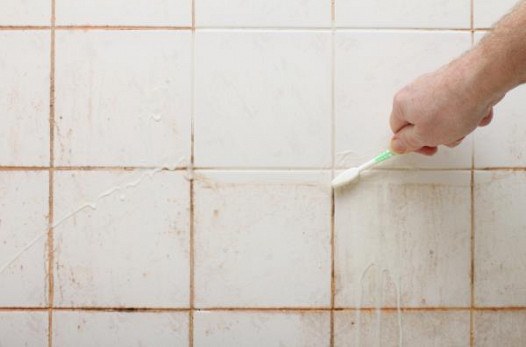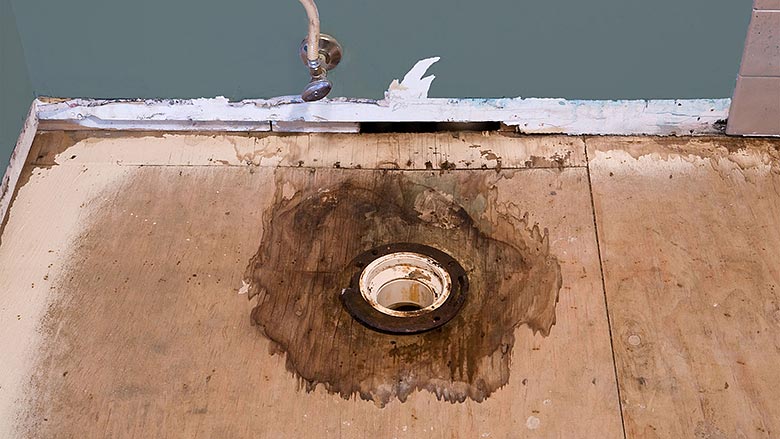Looking for Indicators of Water Damage in the Bathroom
Looking for Indicators of Water Damage in the Bathroom
Blog Article
They are making a few good points on the subject of How to Repair and Prevent Bathroom Water Damage as a whole in this content in the next paragraphs.

The restroom is exceptionally vulnerable for damp buildup and prospective water damages due to the regular use water in it. This article provides basic inspection techniques to help finding water damages hazards.
The regular use water in the washroom makes it extremely susceptible for wet buildup and potential water damage. By checking it consistently, you can lower water related damages.
The complying with set of assessments is very easy to perform and ought to be done when in every 3 months in order to maintain your washroom healthy and to prevent potential water damages triggered by the tub, the shower, pipeline joints as well as plumbing, sinks, closets, and also the commode
Do not forget executing these examinations and also be complete while doing them. Bear in mind that these easy evaluations can save you a great deal of cash by supplying very early indicators for water damage
Sinks and Cabinets
Sinks as well as cupboards are subjected to wetness as well as humidity daily and are frequently overlooked. Evaluate consistently under the sink and also on the kitchen counter over it. Fix any type of drip in the trap as it may suggest drainpipe troubles. Check out the sink, slow-moving draining pipelines may indicate a blocked drainpipe. Change sink seals if they are split or loose.
Bathtub and Shower
The shower and also bath tub need special attention and upkeep. Inspect the ceramic tiles and change if fractured. Make certain that there is no missing grout in between the floor tiles. Check and replace fractured caulking at joints where the wall surfaces meet the flooring or the bath tub. Blocked drains and also pipelines troubles will certainly avoid the bathtub from drying out as well as may show severe problems under the tub. Speak with a professional promptly to avoid structural damages. Take note of stainings or soft locations around the bathtub wall surfaces as they may indicate an interior leak.
Plumbing
Signs for water damages are difficult to detect considering that many pipelines are installed inside the wall surfaces.
Pay special focus to floor covering and wall surfaces moisture and also stains as they might suggest an unseen plumbing issue. Check wetness levels in adjacent rooms also.
The Toilet
The bathroom is a vulnerable water joint. Check the water lines and also search for leakages around the toilet seat, in the pipe, and under the water tank. If you find any indications of wetness on the flooring around the toilet, look for leakages in the toilet rim as well as container seals.
Realize that hanging toilet dish antiperspirants boosts the chances for blockages.
Water Damage Signs In The Bathroom To Avoid Cleanup
Musty smell
This is one of the easiest signs to catch because musty smells are so odorous. The damp, earthy, moldy smell should be a big red flag. The smell will develop when moisture gets trapped in surfaces, and begins to facilitate mold growth. Leaking pipes under cabinets, inside walls, and behind shower fixtures will cause moisture to stay trapped and not dry, which will lead to mold growth and spread. As soon as you notice any musty smells in your bathroom, have it checked for hidden water damage and cleanup signs.
Visible mold
If the smell isn’t there to give it away, sometimes you will actually see mold growth. Finding mold in your bathroom is a serious problem, because mold is very harmful to your health. By the time mold growth is visible, it also means that water damage has already occurred and been present for some time. The only way the mold problem can be resolved is to find the source of the moisture and get it stopped. To safely and adequately remove mold, you need to have professionals handle the remediation. Do not waste any time in getting mold problems addressed, fixed, and sanitized so that you can protect you and your family from the many respiratory symptoms caused by mold exposure.
Damaged floors
Bathroom floors should be able to withstand some exposure to water while still remaining in good condition. However, when excess exposure or water leaks occur, they will begin to damage even the most water-resistant flooring. If you notice any cracking, bubbling, staining, or warping on your bathroom floors, there is probably a water leak somewhere causing the distortion. If you notice areas of the floor have become softer, or even have a spongy feeling, there is probably damage to the subfloor. Subflooring is typically made up of plywood. When plywood is exposed to water or moisture, it will absorb it. Once it has become saturated, the weight of the excess water will cause the wood to swell and soften. Check the floors in your bathroom frequently to catch any of these sings before they lead to damaged subflooring.
Changes on walls
When water leaks behind walls, it will cause changes in the drywall. Peeling plaster, blistering paint, and soggy wallpaper are all good indicators that excess water is building up behind the wall. Water leaking behind drywall will cause it to swell and be soft to the tough. If you start to notice gaps along the trim of your walls, or where tile meets the wall, it could also be a strong indicator that there is a leak behind the wall. Any changes, distortion, or damage on the walls should be evaluated as soon as you notice it to prevent further water damage and cleanup.

As an enthusiastic reader about Looking for Signs of Water Damage in the Bathroom, I imagined sharing that excerpt was smart. Sharing is nice. Helping people is fun. Thanks a lot for taking the time to read it.
Visit Site Report this page